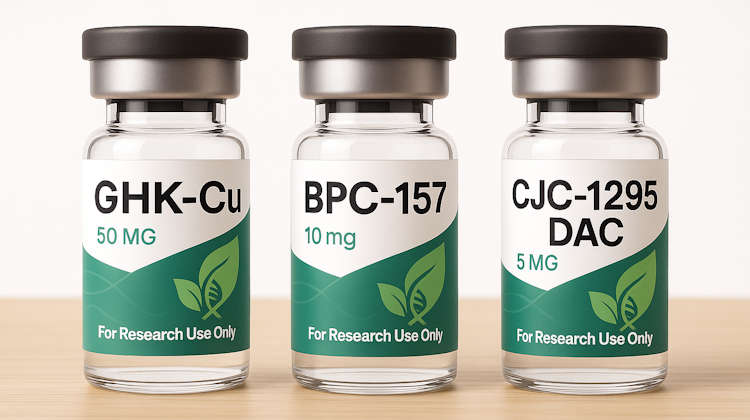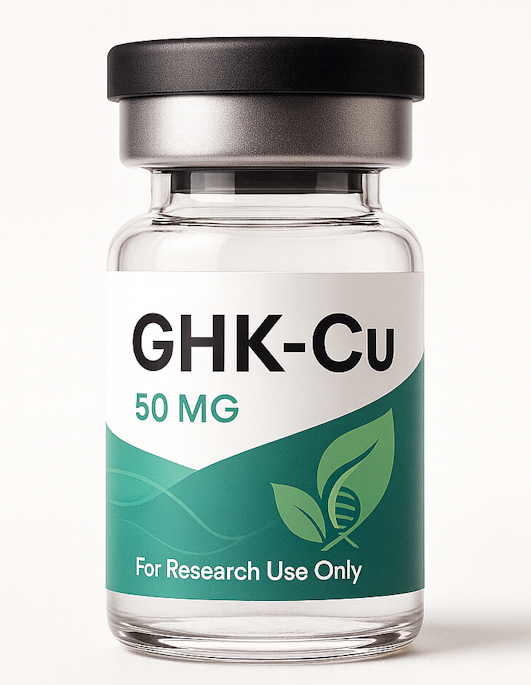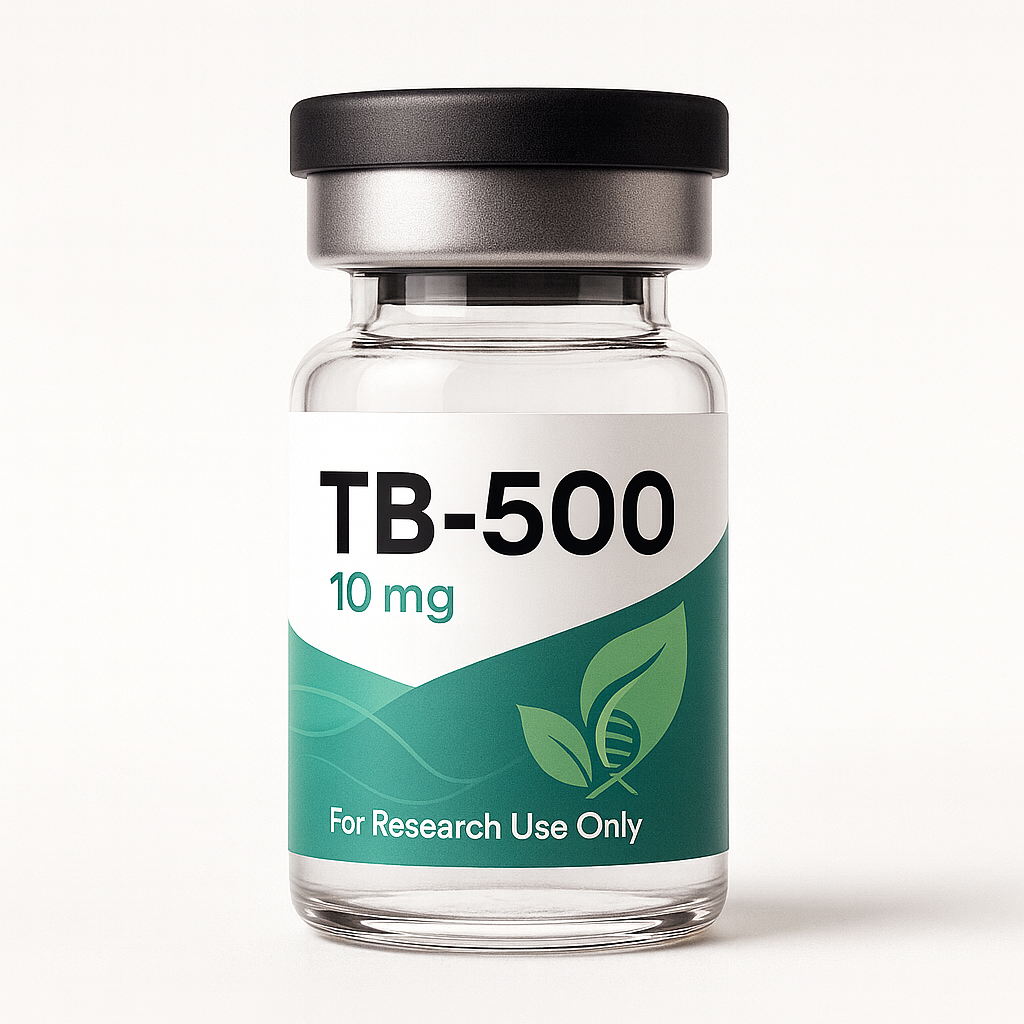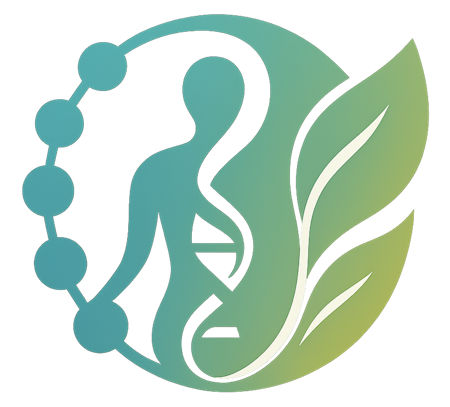Best Peptides For Healing: How Peptide Therapy Speeds Recovery and Restores Health

In the world of modern regenerative medicine, the search for faster, more effective ways to heal the body has led to an increased interest in peptides. While peptides occur naturally in the body, advances in medical science have made it possible to use targeted peptide therapy to enhance healing, improve tissue repair, and accelerate recovery from injuries. For athletes, post-surgical patients, and anyone dealing with chronic injuries, understanding the best peptides for healing can be the key to regaining function and improving overall health.
Understanding Peptide Therapy for Healing
Peptides are short chains of amino acids that serve as building blocks for proteins and act as signaling molecules in the body. Through peptide therapy, physicians and researchers can harness specific peptides to promote tissue repair, support wound healing, and stimulate tissue regeneration. This type of therapy is designed to target the body’s natural healing pathways, enhancing processes that might be slowed due to age, injury, or illness.
The benefits of peptide therapy extend beyond recovery from injuries. Many peptides influence growth hormone production, collagen synthesis, and immune function, all of which play a critical role in restoring soft tissues, connective tissue, and even skin health after damage.
How Peptides Support Tissue Repair and Regeneration
When the body experiences trauma, the healing process relies on a coordinated response involving blood flow, growth factors, and cell migration. Certain peptides can accelerate healing by stimulating collagen production, enhancing blood vessel formation, and promoting angiogenesis, the process of creating new blood vessels to nourish damaged tissues.
Tissue repair involves more than simply closing a wound. It requires tissue remodeling, restoring connective tissues, and regenerating soft tissues to their pre-injury state. Peptides influence every stage of this process, from initial immune reactions to long-term tissue regeneration and scar tissue remodeling.
The Role of Growth Hormone and Growth Factors in Healing
Growth hormone and related growth factors are vital for cell and tissue research focused on recovery. They play a key role in stimulating muscle repair, collagen synthesis, and systemic recovery. As people age, a natural decline in growth hormone can slow down healing times, making targeted peptide therapy especially valuable.
Some peptides work by directly stimulating growth hormone release, while others upregulate growth hormone receptors, allowing the body to respond more effectively. Growth factors also aid in wound repair by enhancing cell migration and blood vessel development at the injury site.
BPC 157: The Body Protection Compound

Among the most studied and effective peptides for tissue healing is BPC 157, short for Body Protection Compound-157. This naturally occurring peptide fragment is derived from gastric juices and has been shown to accelerate healing in muscle injury models, connective tissue damage, and gut health restoration.
BPC 157 supports collagen production, reduces inflammation, and promotes blood vessel formation, making it useful for both acute and severe injuries. It can be administered via subcutaneous injection or oral supplementation, and has been linked to improved joint health, enhanced muscle recovery, and even faster wound repair. Research indicates that BPC 157 not only accelerates wound healing but also protects against chronic inflammation that can interfere with tissue regeneration.
GHK-Cu: A Copper-Binding Peptide for Skin and Tissue Regeneration

Another standout in the realm of targeted peptide therapy is GHK-Cu, a copper-binding peptide with powerful skin regeneration and tissue remodeling properties. GHK-Cu plays a role in collagen synthesis, immune function, and scar tissue reduction, making it a valuable option for soft tissue recovery and skin healing after burns, cuts, or surgeries.
GHK-Cu has also been studied for its ability to promote angiogenesis, encourage new blood vessel formation, and improve blood flow to damaged tissues. It can be used in both injectable form and as a topical cream, giving it versatility for both systemic recovery and localized wound healing.
Other Certain Peptides in Clinical Trials
Beyond BPC 157 and GHK-Cu, researchers are exploring other certain peptides in clinical trials for their healing potential. These include synthetic peptide analogs designed to mimic naturally occurring peptide functions. Some of these peptides focus on enhancing tissue healing by stimulating growth hormone release, while others target specific pathways involved in muscle repair and connective tissue regeneration.
Clinical trials in regenerative medicine are increasingly focused on how these compounds can reduce inflammation, support gut health, and improve joint pain outcomes. By promoting tissue regeneration and accelerating wound healing, these peptides may eventually become standard components of medical treatment protocols for injuries.
How Peptides Accelerate Wound Healing and Reduce Inflammation
The ability of peptides to accelerate healing lies in their multi-faceted biological activity. They can:
- Stimulate collagen production for stronger connective tissue repair
- Increase blood flow and promote angiogenesis to nourish injury sites
- Reduce inflammation, which can otherwise delay the recovery process
- Enhance immune function to protect against infection during healing
For patients recovering from surgery or sports-related muscle injuries, these combined effects lead to enhanced recovery, better scar tissue remodeling, and improved long-term outcomes.
For deeper insights into healing-focused compounds, check out our feature on BPC-157 capsules and how this peptide supports tissue regeneration and joint recovery.
Peptides in Soft Tissue Recovery and Muscle Repair
Soft tissue recovery is one of the primary applications of peptide therapy. Whether it’s tendons, ligaments, or muscle fibers, the regeneration of soft tissue depends on collagen synthesis, improved blood vessel formation, and reduced chronic inflammation.
In muscle repair, peptides can increase lean muscle mass, aid muscle growth, and promote muscle recovery after strain. Some peptides work specifically to accelerate the recovery process after muscle injury models, while others enhance body composition by supporting fat loss and increasing functional muscle mass.
You can also explore TB-500 capsules to see how this thymosin-derived peptide complements BPC-157 in promoting faster healing and recovery.
Peptide Therapy in Regenerative Medicine
Regenerative medicine aims to restore damaged tissues and organs to full function. In this context, targeted peptide therapy is used to stimulate tissue regeneration, enhance soft tissue regeneration, and support systemic recovery. By influencing cell migration, collagen synthesis, and immune function, peptides bridge the gap between traditional medical treatment and cutting-edge recovery enhancement strategies.
Physicians may recommend peptide protocols alongside physical therapy for joint health, connective tissue repair, and injury site healing. The use of subcutaneous injection allows for precise delivery, while topical applications may be suitable for skin regeneration and localized soft tissue repair.
How to Use Peptides Safely for Healing
Peptides for healing can be delivered in various forms, including subcutaneous injection, oral capsules, and topical cream formulations. The choice depends on the peptide’s intended action, systemic recovery versus localized wound repair. Medical supervision is essential to ensure correct dosing, avoid immune reactions, and monitor progress during peptide therapy.
For example, BPC 157 may be used to support gut health and connective tissue repair, while GHK-Cu may be applied topically for skin healing. The right protocol can reduce inflammation, improve joint health, and support collagen production in both skin and deeper connective tissues.
Peptide Therapy and the Immune System
The immune system plays a critical role in tissue healing. Certain peptides can enhance immune function, helping the body respond more effectively to injuries and infections. By reducing chronic inflammation, peptides create an environment where tissue regeneration can occur more efficiently.
Peptides like GHK-Cu and BPC 157 not only improve immune function but also protect against oxidative stress, further supporting overall health. This is particularly important for patients recovering from severe injuries or surgeries where immune support can speed up the recovery process.
Future of Targeted Peptide Therapy in Healing
As cell and tissue research advances, new synthetic peptide formulations will likely emerge with even more precise healing capabilities. The integration of peptide therapy into regenerative medicine will expand, especially as clinical trials continue to validate their safety and efficacy.
Promising areas include peptides for promoting angiogenesis in ischemic injuries, peptides that enhance cognitive function during recovery, and compounds designed to improve body composition and lean muscle mass while supporting connective tissues.
Frequently Asked Questions
Q: What is the most effective BPC-157?
There isn’t a clinically proven “most effective” version. Almost all published research is preclinical (cell and animal studies), and there are no FDA-approved BPC-157 drugs for human use. In the market you’ll see two main forms: BPC-157 acetate (the one most often referenced in lab papers) and BPC-157 arginate (marketed for potential oral stability). Claims that one form or route is definitively superior aren’t backed by head-to-head human trials. If someone chooses to explore it where it’s legal, what matters most is quality control (verified purity, third-party testing/COA), appropriate medical oversight, and realistic expectations given the evidence gap.
Q: Do peptides help with healing?
Sometimes, but human evidence ranges from strong to very limited.
- In skin, GHK-Cu (a copper-binding tripeptide) has human data showing support for wound healing and collagen remodeling in topical use.
- In systemic/soft-tissue contexts (tendon, ligament, muscle), popular agents like BPC-157 and TB-500 (thymosin β4 fragment) show promising animal data for angiogenesis, cell migration, and reduced inflammation, but high-quality human trials are sparse.
- Hormonal peptides that increase growth hormone/IGF-1 can influence tissue repair in people with deficiencies, yet they require strict medical supervision due to risk profiles.
Bottom line: peptides can interact with pathways involved in tissue repair, wound healing, and inflammation, but outside of a few topical dermatologic uses, the clinical evidence for broad musculoskeletal healing is still developing.
Q: Is BPC-157 good for injury recovery?
It’s promising in animals, unproven in rigorous human trials.
Rodent and in-vitro studies report that BPC-157 may accelerate healing of tendons, ligaments, muscle, nerve, and gastrointestinal tissue, potentially via effects on angiogenesis, collagen synthesis, nitric-oxide signaling, and inflammatory cascades. However, confirmatory randomized controlled trials in humans are lacking, long-term safety isn’t well characterized, and regulatory agencies have not approved BPC-157 as a medication. So while many anecdotes are positive, it remains an experimental compound for injury recovery.
Q: What is BPC-157 peptide good for?
In the lab, BPC-157 (a gastric-derived peptide fragment) has been investigated for:
- Soft-tissue repair (tendon/ligament/muscle) and wound healing through pro-healing signaling and possible blood-vessel formation support.
- Gastrointestinal protection, including ulcer and gut-lining models.
- Potential anti-inflammatory and analgesic (pain-modulating) effects in animal studies.
In people, these remain theoretical or preliminary. If someone is considering it, the responsible path is to discuss with a qualified clinician, weigh legal/regulatory status in their location, seek quality-assured sources, and understand that efficacy and safety are not established the way approved medicines are.
Conclusion: Optimizing Recovery with the Best Peptides for Healing
The best peptides for healing work by enhancing natural biological processes, from collagen synthesis to blood vessel formation. Whether it’s BPC 157 for connective tissue recovery, GHK-Cu for skin regeneration, or other certain peptides in development, peptide therapy represents a powerful tool in the recovery enhancement toolbox.
By targeting growth hormone pathways, reducing inflammation, and supporting systemic recovery, peptides offer a way to not just heal injuries, but to restore function, improve overall health, and enhance long-term quality of life.
For additional reading on restorative peptide therapy and systemic recovery, see our guide on DSIP nasal spray and its role in promoting restful sleep and regenerative healing.
Unlock Healing Potential with Peptides
Discover comprehensive insights on leading peptides like BPC-157, TB-500, and CJC-1295, revealing how they accelerate recovery and enhance well-being.
- BPC-157: Accelerates tissue repair and reduces inflammation
- TB-500: Promotes cell migration and speeds wound healing
- CJC-1295: Stimulates growth hormone to support regeneration
- Peptide Therapy: Tailored solutions for optimal recovery

